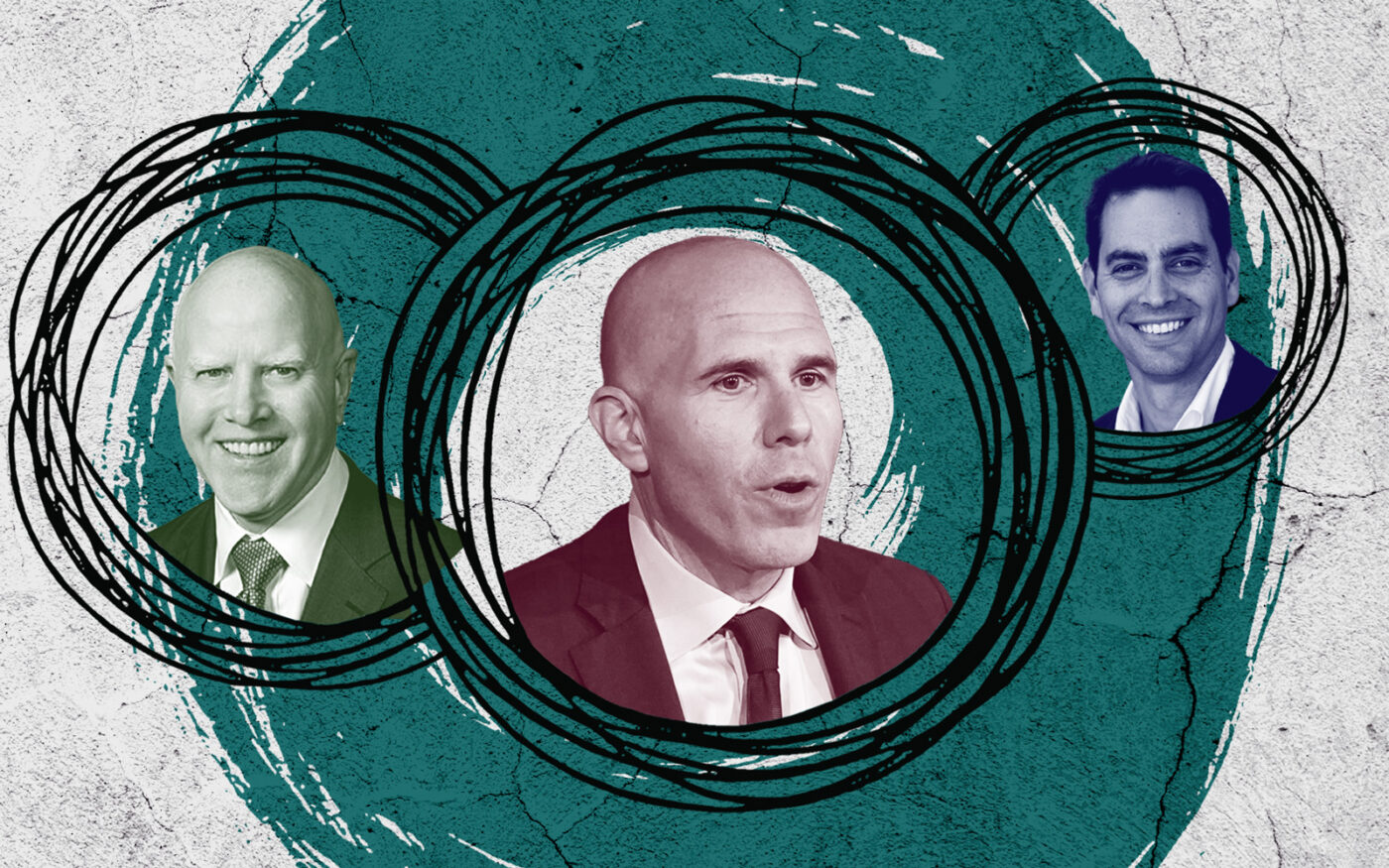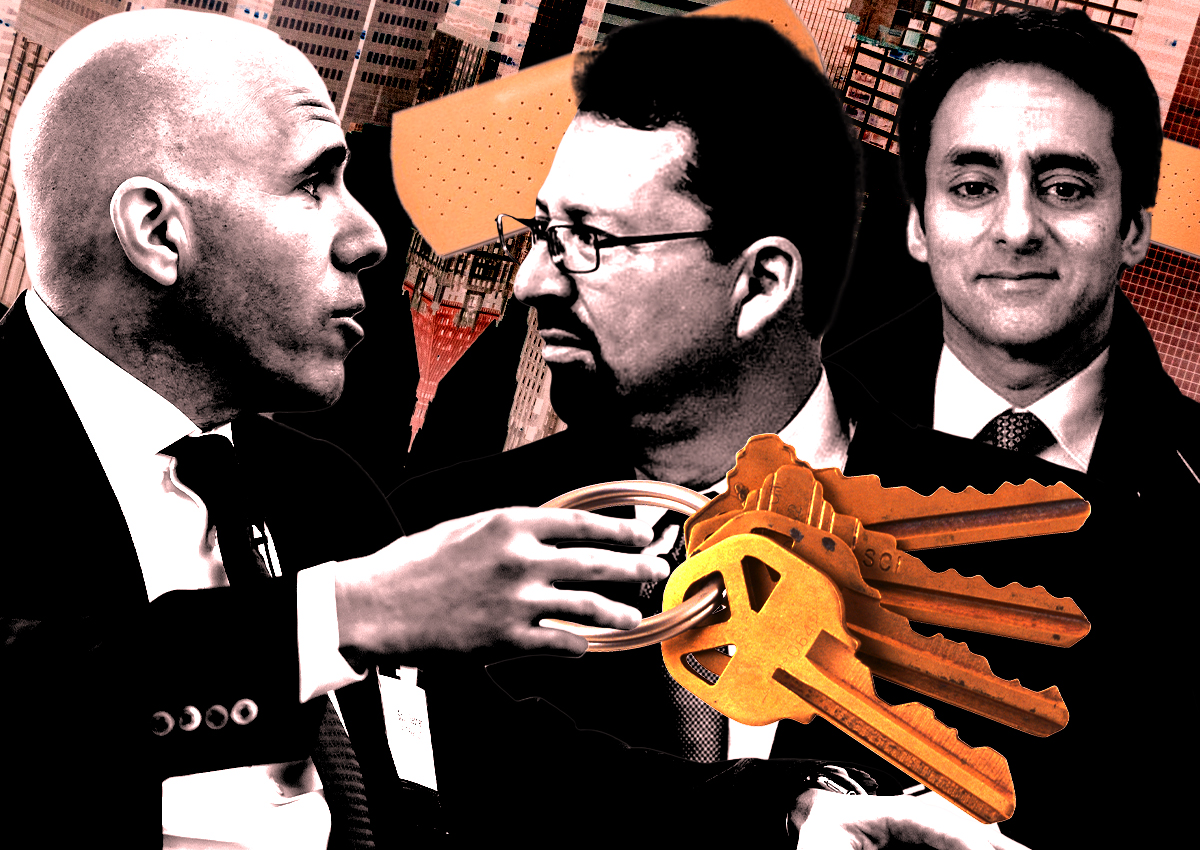 Commercial lending fell 52% in second quarter
Commercial lending fell 52% in second quarter
Trending
Banks’ exposure to CRE triggers “doom-loop” fears
Analysis estimates $3.6T exposure — about 20% of lenders’ deposits

Financing is a vital part of commercial real estate. Now, as the sector struggles, palpable anxieties about financial institutions’ vulnerabilities are intensifying.
Banks’ exposure to the tumult in commercial real estate is worse than often reported, according to an analysis by the Wall Street Journal. The implications could be seismic, for banks, real estate and the economy as a whole.
From 2015 to 2022, direct lending by banks doubled to roughly $2.2 trillion, pushing property prices up on the backs of small and mid-size banks. Indirect lending also more than doubled as banks lent to companies that in turn lent to landlords, or bought bonds backed by properties. Loans to nonbank mortgage companies and real estate investment trusts fit into the category, as do commercial mortgage-backed securities.
The WSJ analysis put total bank exposure to commercial real estate at $3.6 trillion, which it estimates is 20 percent of their deposits. Holdings of CMBS and loans to nonbank lenders accounted for $623 billion of that total at the end of last year.
In the past decade, regional banks went to town on commercial loans, never expecting how quickly the tide would turn against them. Today, losses on loans are leading banks to cut back on lending, furthering the drop in property prices and more lender losses — in other words, a doom loop.
Banks are already pulling back. Debt origination fell by 52 percent for the second quarter year-over-year, according to Newmark; lending volume among banks fell by 48 percent. M&T Bank said it would reduce commercial lending as nearly 1 in 5 of its loans to office landlords was in trouble.
Banks’ commercial real estate holdings dropped in the first quarter for the first time in a decade, according to the Journal.
Commercial sales have cratered in recent years as a result of high interest rates and performance issues, particularly among office properties. When they pick back up, prices are expected to drop from where they were before the tumult.
Owners, meanwhile, are struggling to refinance debt and some are defaulting on their loans. When lenders stop getting debt payments they can be forced to write down the value of their mortgages or even take over a property.
Private debt funds, mortgage REITs and bond investors are among the alternative funding sources real estate could look to, but they’re also financed by banks.
“The plumbing is clogged right now,” RXR CEO Scott Rechler told the publication. “And that is going to create a backup that will eventually overflow on the commercial real-estate markets and on the banking system.”
Approximately $900 billion of real estate loans and securities are coming due by the end of next year.
— Holden Walter-Warner
Read more
 Commercial lending fell 52% in second quarter
Commercial lending fell 52% in second quarter
 Anxiety is mounting in commercial real estate
Anxiety is mounting in commercial real estate
 Banks tearing off Band-Aid on bad office loans
Banks tearing off Band-Aid on bad office loans




